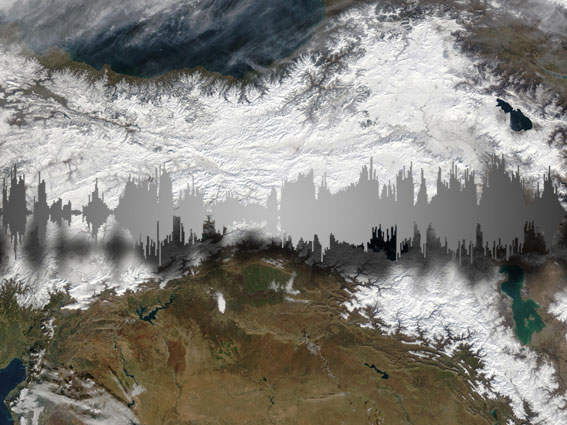Official Language: Republic of Armenia –
Home Speakers: Georgia, Kazakhstan, Kyrgyzstan, Russia, Tajikistan, Turkmenistan, Uzbekistan, Syria, Iran, Lebanon and also Turkey, Iraq, Bulgaria.
Background
Armenian is the native (and official) language of Armenia, a landlocked country in Transcaucasia bordering on Turkey and Iran, and constitutes a separate and independent branch of the Indo-European family of languages. During many centuries of Persian domination, a considerable number of Iranian words entered the language leading many linguists to believe that it was a dialect of Persian. Modern Armenian, established as an independent language no earlier than 1875, has two main varieties: Eastern Armenian (Ashkharik, the official language), based on the dialect of the Ararat region, and Western Armenian (spoken by the Turkish minority) based on the Istanbul/Turkish dialect. This distinction has historical reasons. “Written” and “spoken” Armenian did not develop with the same pace, as most of the population was still illiterate by the end of World War I. Differences between the two varieties include, besides a different pronunciation for certain words, different verb conjugation, and tenses. As regards the script, the Armenian alphabet was invented in 405 AD by two Armenian monks Mesrob and Sahag. Hence, the first texts in Armenian available in written form were mainly religious ones (first of all the Bible), translated by monks and priests. The Armenians call their country “Hayastan” and their language “Hayaren”.
Reprinted from www.unhchr.ch/udhr

